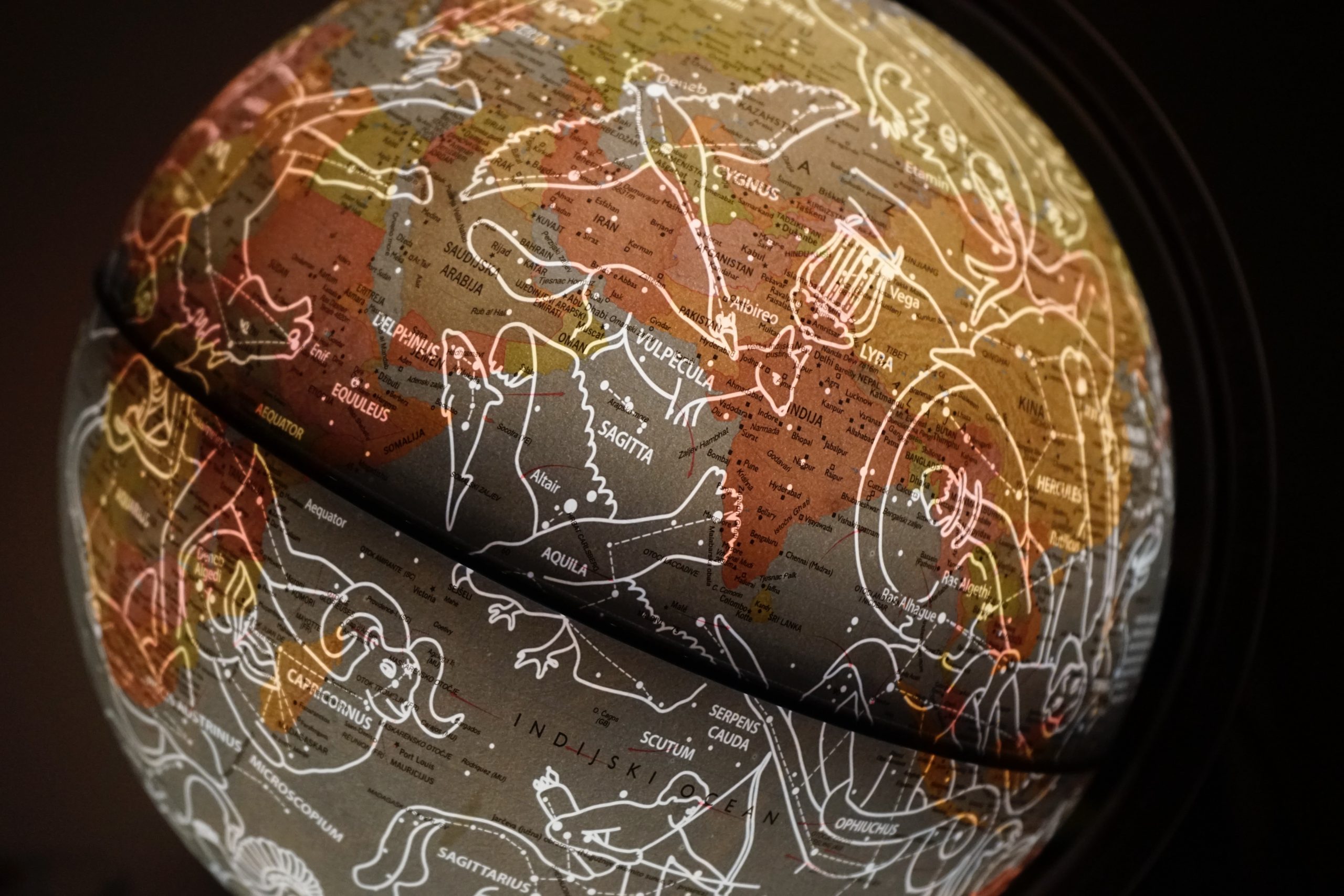Ancient Stories About the Moon: Tales of Mystery and Wonder
The moon has captivated humanity for as long as we can remember. Its enigmatic presence in the night sky has inspired countless cultures to weave tales of mystery, romance, and adventure. From ancient myths to folklore, the moon has been a central figure in our collective imagination. In this blog post, we delve into some of the most fascinating ancient stories about the moon, exploring the various cultures and civilizations that have been mesmerized by its luminous beauty.
The Moon in Greek Mythology
In Greek mythology, the moon was associated with the goddess Selene, who personified the moon and was often depicted as a beautiful woman driving a silver chariot across the night sky. According to the myth, Selene fell in love with a mortal named Endymion. Zeus, the king of the gods, granted Endymion eternal youth and placed him in an eternal slumber so that he could be with Selene forever. This tale of forbidden love and eternal devotion has become a symbol of the moon’s mystique and allure.
Another well-known Greek myth involving the moon is the story of Artemis, the goddess of the hunt and the moon. In this tale, Artemis is said to have fallen in love with a handsome shepherd named Endymion. Like Selene’s story, Artemis asks Zeus to grant Endymion eternal sleep so that he could remain forever young and beautiful. While slightly different from Selene’s story, both myths reflect the ancient Greeks’ fascination with the moon and its association with love and beauty.
The Moon in Chinese Folklore
The moon also holds great significance in Chinese folklore, with the Mid-Autumn Festival being one of the most important cultural celebrations associated with the moon. Legends surrounding this festival often involve the moon goddess Chang’e, who is believed to reside on the moon. One popular story tells of how Chang’e swallowed an elixir of immortality, causing her to float to the moon where she has remained ever since.
As part of the Mid-Autumn Festival, families gather to admire the bright full moon, exchange mooncakes, and share stories of Chang’e. The festival represents reunion and harmony, symbolizing the desire to be together even when separated, a sentiment deeply ingrained in Chinese culture.
The Moon in Native American Mythology
In Native American mythology, the moon plays a central role in various creation stories and spiritual beliefs. The Lakota Sioux tribe, for example, view the moon as an important celestial being. According to their folklore, the moon is the sun’s wife, and they each take turns illuminating the sky. The moon is associated with femininity, healing, and fertility in many Native American cultures.
Similarly, the Ojibwe people believe that Nanabozho, a powerful cultural hero, transformed himself into the moon to watch over the world at night. To them, the moon symbolizes wisdom, protection, and guidance.
The Moon’s Influence on Earthly Events
Beyond myths and folklore, many ancient cultures believed that the moon had a direct influence on earthly events. For example, the ancient Mayans developed a highly sophisticated calendar where the moon played a prominent role. They observed the moon’s cycles and believed they could predict important events, such as agricultural seasons and celestial alignments, by studying its movements.
Similarly, in ancient Babylonian culture, the moon was worshipped as a deity named Sin. The moon’s phases were considered essential for determining the best times to start planting crops or embark on important journeys.
Modern Science and the Moon
While our understanding of the moon has significantly evolved with modern science, ancient stories and myths continue to captivate our imagination. The Apollo moon landings in the late 1960s and early 1970s provided humanity with a wealth of scientific knowledge about the moon’s geology and origins. These missions also sparked renewed interest in the moon, with the iconic images of astronauts standing on the lunar surface forever etched in our collective memory.
Today, scientists continue to study the moon’s influence on Earth, particularly its role in tidal movements and its potential for future space exploration and colonization. The moon’s mysteries, however, remain elusive, and perhaps that is part of its enduring allure.
Conclusion
Throughout the ages, the moon has been a celestial object of fascination, wonder, and inspiration. Ancient stories and myths from different cultures convey the profound impact the moon has had on our collective consciousness. From tales of love and devotion to spiritual beliefs and scientific observations, the moon occupies a special place in the human psyche. As we continue to explore and uncover the secrets of our universe, the moon’s timeless beauty will undoubtedly continue to captivate us for generations to come.
Table of Contents
